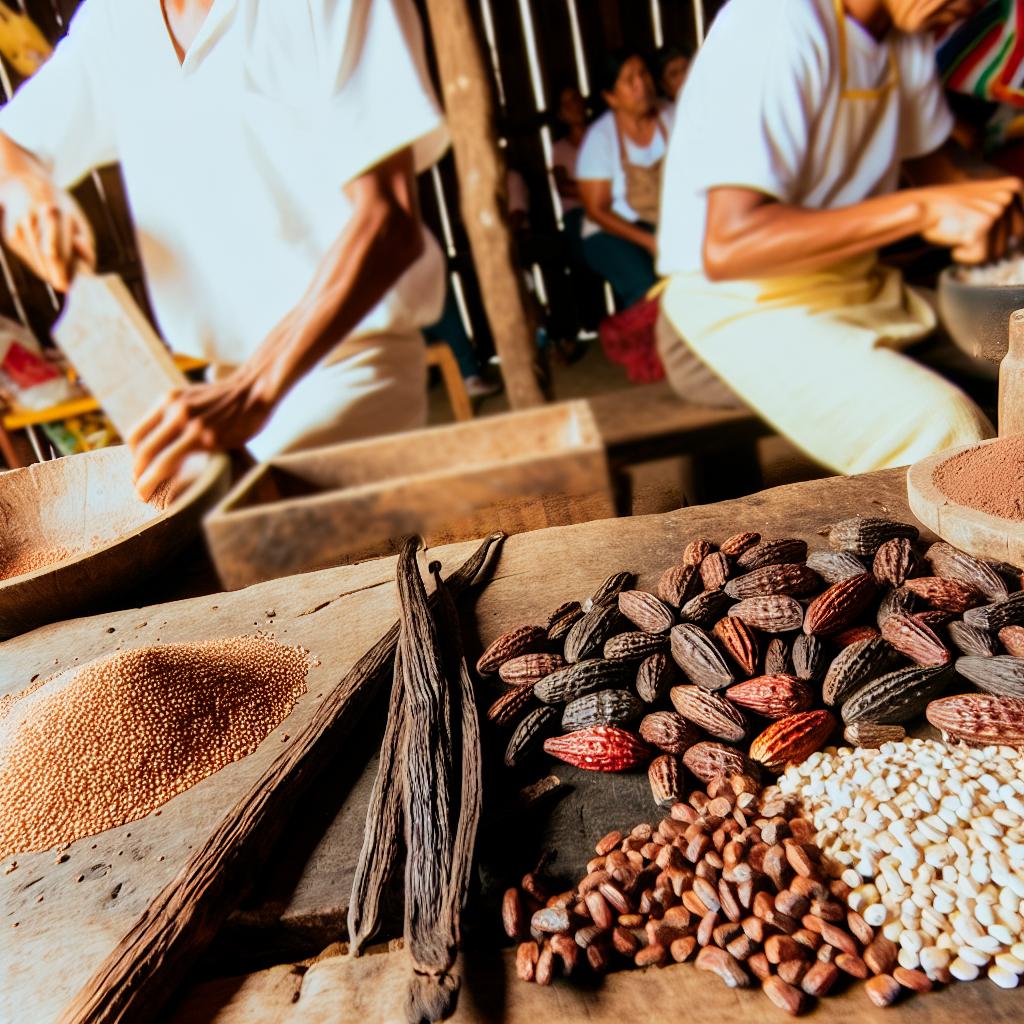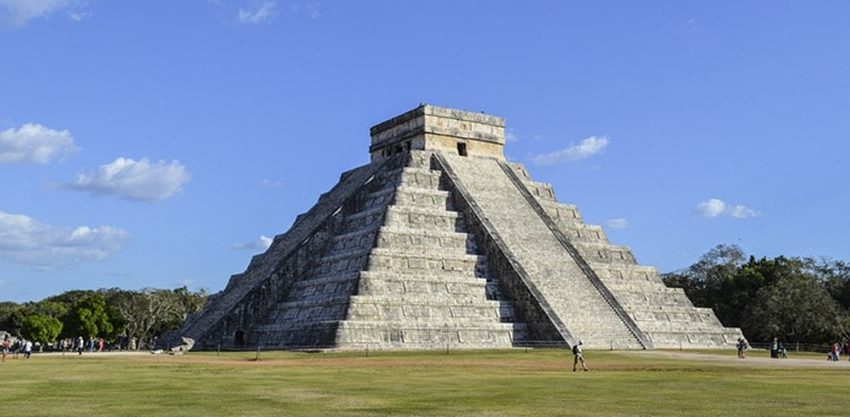The Legacy of Pre-Hispanic Ingredients
Pre-Hispanic ingredients have a profound influence on modern cuisine, significantly shaping the culinary identities of regions such as Central and South America. These native ingredients serve as a vital link between past and present, representing the cultural and historical legacy of ancient civilizations like the Aztecs, Mayans, and other indigenous groups. As foundational elements in their diets, these ingredients contributed to both the sustainability and diversity of their nutritional practices, which continue to impact contemporary culinary trends.
Maize: The Foundation of Diets
Maize, or corn, stands out as perhaps the most crucial pre-Hispanic ingredient. Highly valued by ancient civilizations such as the Aztecs and Mayans, maize formed the bedrock of their diets and agricultural systems. This incredibly adaptable grain has yielded a wide range of products throughout history. The traditional preparation methods have carried maize through centuries, maintaining its status as a dietary staple in modern times.
Tortillas and tamales remain culinary favorites across the Americas and beyond, standing as testaments to the power of maize to nourish societies. Not limited to solid foods, maize also forms the base for renowned beverages like atole, a warm and comforting drink, and chicha, a fermented beverage with various interpretations across cultures. These preparations highlight maize’s versatility and point to the innovative ways ancient societies harnessed its potential. In modern times, maize continues to influence how people structure their diets and conceive diverse culinary creations.
Beans and Squash: The Trio of Sustainability
Beans and squash, alongside maize, form the agricultural cornerstone historically celebrated as the “Three Sisters.” This trio of ingredients established a sustainable framework for cultivation, playing a crucial role in the success of indigenous agricultural practices. By growing these plants in tandem, ancient farmers capitalized on a symbiotic relationship wherein each ingredient supported the growth of the others. This provided not only a nutritional balance but also intensified soil fertility.
Today, beans and squash persist in being integral components of many global cuisines. They offer essential nutrients that enhance physical health and lend vibrant textures and flavors to diverse dishes. The pre-Hispanic legacy of these hardy and nutritious crops manifests in the development of dishes around the world, from hearty bean stews to savory squash soups. Their inclusion in modern meals represents an enduring acknowledgment of the historical practices that shaped sustainable agriculture.
Chilies: The Spice of Diversity
Chilies, originating from the Americas, offer a remarkable contribution to global cuisines, characterized by their wide range of heat levels and flavors. Stretching from the calm flavors of bell peppers to the fiery intensity of habanero and other varieties, chilies showcase adaptability and importance. These peppers are instrumental in infusing dishes worldwide with a dynamic spectrum of flavors and heat.
The extensive impact of chilies on global culinary practices can be observed on various continents, epitomized by their use in Asian, African, and European cooking. In each region, chilies have been integrated into both everyday meals and specialized dishes, demonstrating their universal appeal and cultural significance. The diverse profiles of chilies reflect the inherent creativity and resourcefulness of the cultures that first cultivated them. Modern culinary trends continue to celebrate this diversity, utilizing chilies to enhance flavor profiles and push gastronomic boundaries.
Avocado: A Global Phenomenon
Originating in South Central Mexico, the avocado has emerged as a global culinary sensation, prized for its creamy texture and rich nutritional profile. Traditionally used in Latin American dishes like guacamole, the avocado transcends its native boundaries, now gracing tables from sushi preparations in Japan to the popular toast dishes in America. Its ability to blend with a wide array of ingredients and cuisines underlines its versatility.
The enduring popularity of avocado stems from its health benefits, including its heart-healthy fats, vitamins, and minerals. Consequently, the avocado has become a staple ingredient for those seeking healthier dietary choices while enjoying its delightful taste. This global appreciation for the avocado serves as a testament to the lasting impact of pre-Hispanic culinary approaches on the contemporary food landscape.
Chocolate: A Celebrated Delicacy
Chocolate, derived from the cacao plant, holds a cherished place in the legacies of the Aztec and Mayan civilizations. Beyond being a source of nourishment, cacao was esteemed as a symbolic currency, and its beans were exchanged and revered. While the methods of processing cacao have evolved dramatically over the centuries, the intrinsic value and reverence for chocolate remain steadfast in modern gastronomy.
Today, chocolate occupies a significant space in global cuisine, celebrated in an array of forms from sumptuous luxury confectionery to simple candies. Its enduring popularity is a striking reflection of its rich cultural and historical background. Each piece of chocolate savored in today’s world embodies the deep connections between ancient pre-Hispanic traditions and the pleasures of contemporary culinary enjoyment.
Conclusion
The pervasive influence of pre-Hispanic ingredients on modern cuisine bears witness to the widespread usage and recognition of these time-honored foods. These ingredients act as a bridge that links historical practices with contemporary tastes, providing both nourishment and cultural continuity. As contemporary chefs and food enthusiasts incorporate these ingredients into their culinary repertoire, they honor the rich traditions and agricultural wisdom of early civilizations. For those intrigued by how these ingredients are utilized in today’s culinary world, resources are available for deeper exploration into specific culinary applications. Visit interesting resources to learn more about integrating these historical ingredients into modern artistic cooking.







